Zinnia Companion Plants That Will Make Your Garden Pop
Zinnias are a popular annual flower that can add a splash of color to any garden. They are relatively easy to grow and care for, and they come in a wide variety of colors and sizes. Zinnias also attract pollinators, which is beneficial for both your garden and the environment.
If you are planning to plant zinnias in your garden, you may be wondering what companion plants to choose. Some companion plants can help to improve the growth and health of zinnias, while others can deter pests and diseases. Here are some of the best zinnia companion plants:
- Tomatoes: Tomatoes and zinnias are both warm-season plants that require full sun and well-drained soil. They also have similar nutrient requirements, so they can be grown together without competing for resources. Tomatoes can help to deter aphids and other pests from zinnias, and zinnias can help to attract pollinators that will help to pollinate the tomatoes.
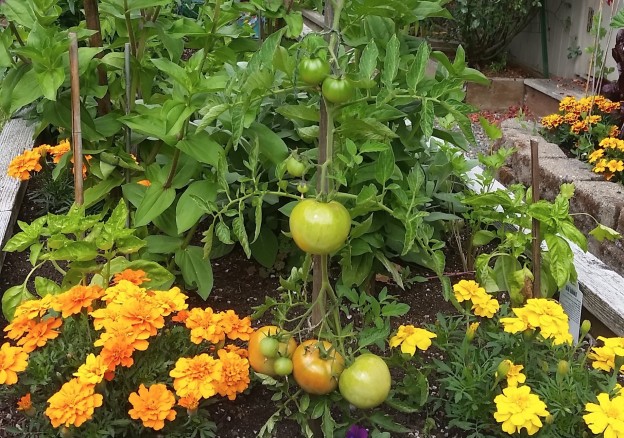
- Basil: Basil is another warm-season herb that is a good companion plant for zinnias. Basil can help to repel aphids, whiteflies, and other pests from zinnias. It can also help to improve the flavor of zinnia flowers.
- Marigolds: Marigolds are another popular annual flower that is often grown as a companion plant. Marigolds can help to deter nematodes, which are a type of soil-dwelling pest that can damage zinnia roots. They can also help to attract pollinators.

- Cosmos: Cosmos is a tall, airy flower that is a good companion plant for zinnias. Cosmos can help to provide support for zinnias, and they can also help to attract pollinators.

- Asters: Asters are another tall, airy flower that can be a good companion plant for zinnias. Asters can help to provide support for zinnias, and they can also help to attract pollinators.
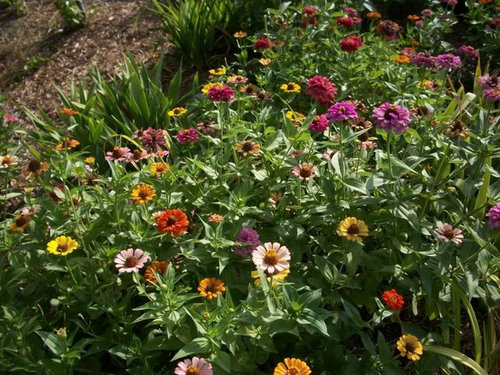
- Cucumbers: Cucumbers are a cool-season vegetable that can be grown alongside zinnias. Cucumbers do not require as much sunlight as zinnias, so they can be planted in the same area without competing for sunlight. Cucumbers can also help to attract pollinators that will help to pollinate the zinnias.
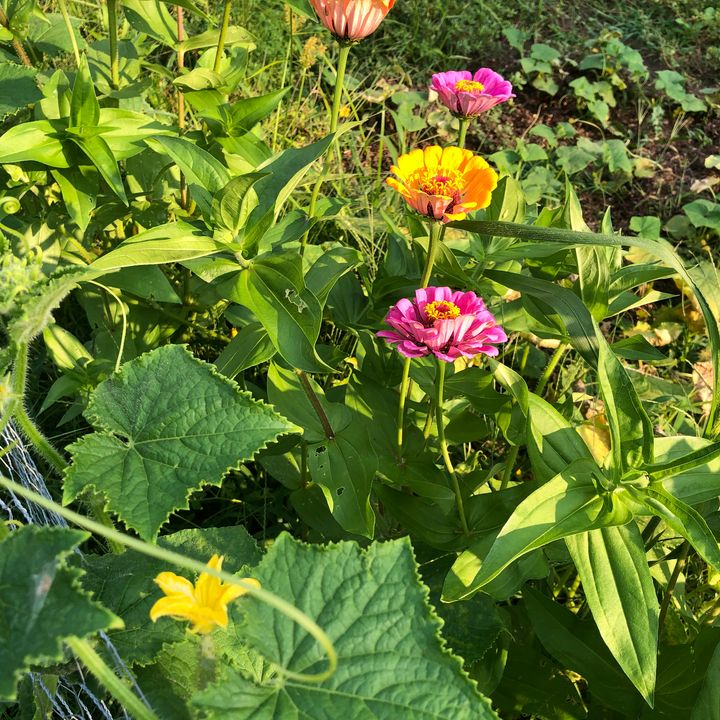
- Melons: Melons are another cool-season vegetable that can be grown alongside zinnias. Melons do not require as much sunlight as zinnias, so they can be planted in the same area without competing for sunlight. Melons can also help to attract pollinators that will help to pollinate the zinnias.
- Dahlias: Dahlias are a tall, showy flower that can be a good companion plant for zinnias. Dahlias and zinnias have similar water and fertilizer requirements, so they can be grown together without competing for resources. Dahlias can also help to attract pollinators that will help to pollinate the zinnias.

These are just a few of the best zinnia companion plants. When choosing companion plants, it is important to consider the needs of both the zinnias and the other plants. Make sure that the plants have similar sunlight, water, and fertilizer requirements. You should also consider the size of the plants and how they will interact with each other.
By planting the right companion plants, you can help to improve the growth and health of your zinnias. You can also deter pests and diseases, and attract pollinators. This will help you to have a beautiful and productive garden.
Zinnias are beautiful, colorful flowers that can add a splash of brightness to any garden. But did you know that they can also be beneficial to other plants in your garden? That's right, zinnias make great companion plants!
When you plant zinnias near other plants, they can help to attract beneficial insects, improve soil quality, and even deter pests. For example, zinnias attract pollinators like bees and butterflies, which can help to pollinate other plants in your garden. They also attract ladybugs and other predators of pests, which can help to keep your garden pest-free.
If you're looking for some great companion plants for zinnias, I recommend checking out Gardenia Inspiration. This website has a comprehensive list of zinnia companion plants, along with information about the benefits of each plant. You can also find tips on how to plant and care for zinnias, as well as photos of different zinnia varieties.
FAQ of zinnia companion
- What are good companion plants for zinnias?
Zinnias are relatively easy-care plants that can be grown in a variety of companion plantings. Some good options include:
* Marigolds: Marigolds help to repel pests like aphids and whiteflies, which can be a problem for zinnias.
* Cosmos: Cosmos add height and texture to a zinnia planting, and they also attract pollinators.
* Zinnias: Zinnias can be planted with other varieties of zinnias to create a colorful and diverse flower bed.
* Nasturtiums: Nasturtiums are another good choice for companion plantings, as they help to deter pests and attract pollinators.
* Strawflowers: Strawflowers are drought-tolerant and can help to suppress weeds, making them a good choice for companion plantings with zinnias.
- How do I plant zinnia companion plants?
When planting zinnia companion plants, it is important to consider the size and growth habit of each plant. For example, if you are planting zinnias with marigolds, you will need to make sure that they have enough space to grow. You should also plant them in a sunny location with well-drained soil.
- How do I care for zinnia companion plants?
Zinnias and their companion plants are relatively low-maintenance plants. However, they will need some basic care, such as regular watering, fertilizing, and deadheading. You should also check your plants regularly for pests and diseases.
- What are some common problems with zinnia companion plants?
Some common problems with zinnia companion plants include:
* Aphids: Aphids are small, sap-sucking insects that can damage plants. They can be controlled with insecticidal soap or neem oil.
* Whiteflies: Whiteflies are small, winged insects that can also damage plants. They can be controlled with insecticidal soap or neem oil.
* Powdery mildew: Powdery mildew is a fungal disease that can cause white, powdery spots on leaves. It can be controlled by watering plants in the morning and avoiding overhead watering.
* Rust: Rust is a fungal disease that can cause orange or brown spots on leaves. It can be controlled by watering plants in the morning and avoiding overhead watering.
- How do I harvest zinnia companion plants?
Zinnias and their companion plants can be harvested when the flowers are fully open. To harvest, simply cut the flowers from the stem with a sharp knife or scissors. You can then enjoy the flowers in a vase or use them to make arrangements.
Image of zinnia companion
5 different images of "zinnia companion" from Pinterest:
- Zinnias and sunflowers are a classic combination. The tall, stately sunflowers provide a backdrop for the shorter, more colorful zinnias.
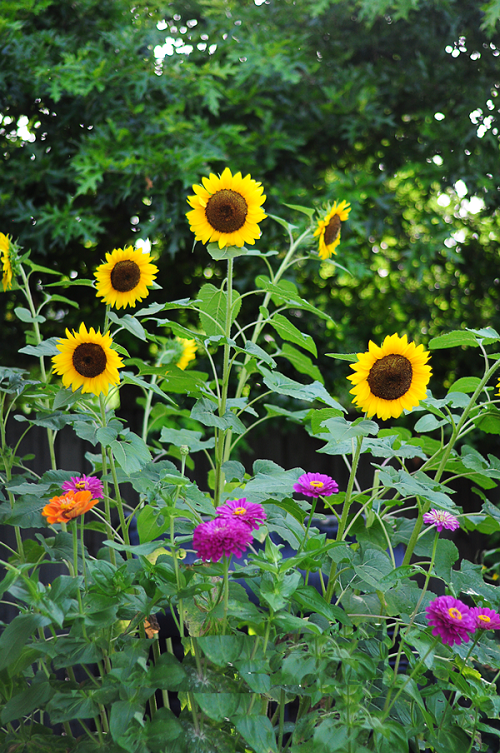
- Zinnias can also be paired with other tall flowers, such as cosmos or rudbeckia. This combination creates a bright and cheerful display.
- For a more muted look, zinnias can be paired with other low-growing flowers, such as lavender or marigolds. This combination is perfect for a cottage garden setting.
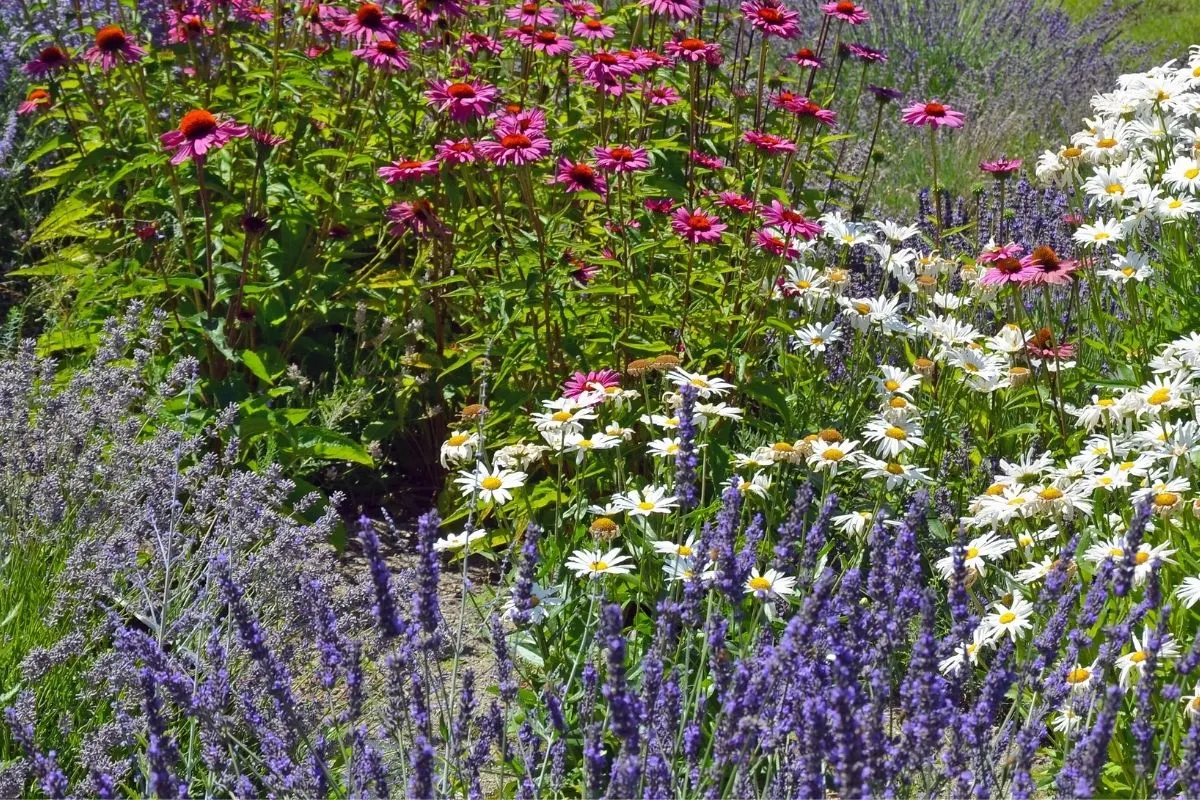
- Zinnias can also be used as a filler flower in a bouquet. They add a touch of color and texture to any arrangement.

- Zinnias can even be used to create a border around a garden bed. They add a splash of color and interest to any outdoor space.
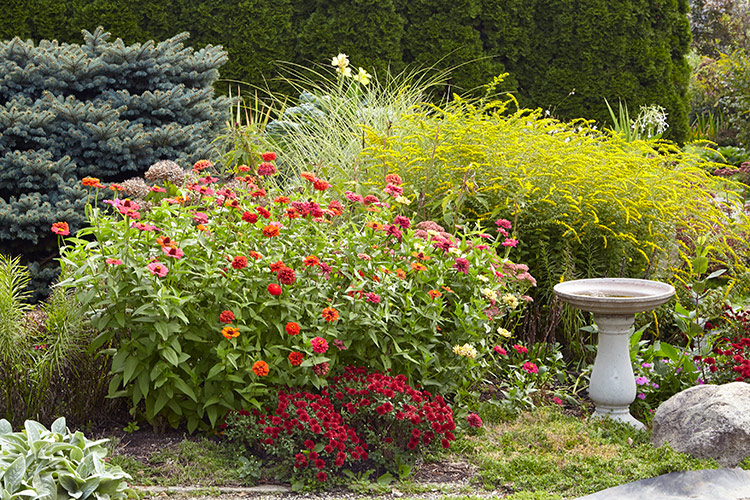

Post a Comment for "Zinnia Companion Plants That Will Make Your Garden Pop"